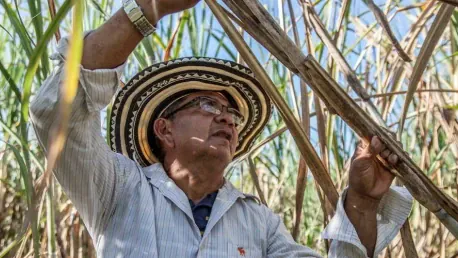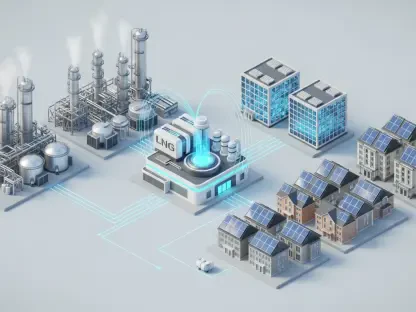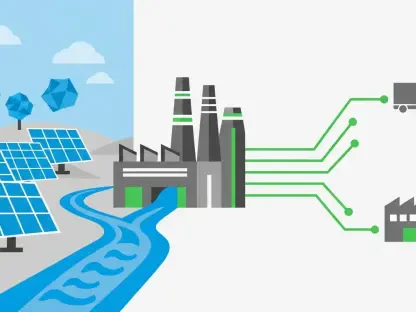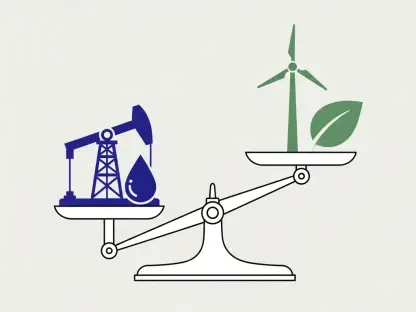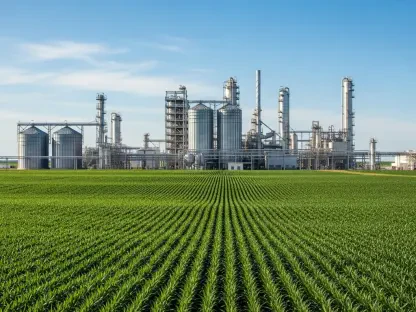In South Africa, the sugarcane industry is a major contributor to the country’s economy, generating about 2.2 million tonnes of refined sugar each year. This production results in an estimated average direct income of over R20 billion (more than US$1 billion) annually. Despite the substantial role it plays in the economy, the potential of using sugarcane waste—specifically the discarded leaves and tops—for generating bioenergy remains largely unexplored. Bioenergy, a form of renewable energy derived from plant and animal waste products, presents a promising alternative to more widely recognized energy sources like solar, wind, and green hydrogen.
The Untapped Potential of Sugarcane Trash
South Africa’s sugarcane industry includes approximately 20,200 small-scale growers who collectively produce around 2.09 million tonnes of sugarcane annually, accounting for roughly 11% of the nation’s total production. These small-scale farmers often face significant economic hurdles, including frequent droughts, poor harvests, small farm sizes, high input costs, and limited access to finance. A major issue that exacerbates their struggles is the large quantity of sugarcane trash—comprising 13% to 30% of the crop—that is often wasted. More than 90% of this trash, amounting to approximately 2.7 million tonnes each year, is burnt, contributing to detrimental environmental effects by releasing greenhouse gases into the atmosphere.
Burning sugarcane waste is not only an inefficient use of resources but also has far-reaching negative impacts on the environment. The emissions from this practice are considerable; burning sugarcane leaves and tops emits about 0.08 tCO2-e (tonnes of CO₂ equivalents) per hectare. To put that into perspective, it is comparable to burning 9.16 kg of coal or driving 74.4 km in an average petrol car. The total estimated emissions from burning sugarcane trash by all small-scale growers in KwaZulu-Natal and Mpumalanga amount to 725 tCO2-e annually. This is analogous to burning 368 tonnes of coal or consuming 244,568 liters of diesel. Utilizing sugarcane trash for bioenergy with a 50% recovery efficiency has the potential to generate about 180.1 MW of electricity each 200-day production season, which could power over 100,000 homes.
Environmental Impact of Burning Sugarcane Trash
The adverse environmental impact of burning sugarcane trash is profound, contributing significantly to greenhouse gas emissions. Given the scale of the problem, a shift from burning to converting sugarcane waste into bioenergy could mark a substantial improvement in terms of sustainability. As awareness grows about the environmental consequences, cleaner and more efficient use of agricultural waste becomes paramount. Not only would this practice help curtail harmful emissions, but it would also align well with global efforts to reduce carbon footprints and combat climate change.
Furthermore, the potential of bioenergy extends beyond environmental benefits. By turning waste into energy, it opens up new avenues for economic activity, particularly in rural areas where small-scale farming forms the economic backbone. This transition represents a dual opportunity to address environmental concerns while also fostering economic resilience and innovation. Additionally, many in the small-scale farming community are still unaware of the economic potential that lies in converting this waste into energy. Therein lies the importance of bridging the knowledge gap and implementing supportive policies and education campaigns.
Economic Benefits for Small-Scale Farmers
The economic benefits of transforming sugarcane trash into bioenergy for small-scale farmers are significant. Converting waste into a valuable resource could provide farmers with additional income streams and reduce their dependency on costly inputs such as fertilizers and chemicals. Despite its potential, research indicates that many small-scale farmers are not aware of the possibilities associated with sugarcane waste. A study involving 330 small-scale farmers in rural South Africa revealed that half of them routinely burned the sugarcane leaves and tops, while 44% left the trash on the ground or turned it into compost. Only 20.7% of the farmers knew that sugarcane tops and leaves could be harvested and sold.
This lack of awareness underscores the need for increased education and information dissemination among small-scale farmers. With better knowledge and access to technology, these farmers can optimize the use of their resources, thereby boosting their income and improving their livelihoods. Additionally, the financial incentives and support necessary to transition to greener practices must be prioritized. This support is particularly crucial for the adoption of green harvesting techniques, which are more environmentally friendly but also more costly.
Incentives and Support for Farmers
To encourage farmers to abandon the practice of burning sugarcane trash, there is an urgent need for financial support and incentives. Green harvesting—an environmentally sound method that involves using baling machines to bundle up sugarcane tops and leaves—comes with high costs. Consequently, small-scale farmers require subsidies from the South African government to acquire the necessary mechanical harvesting equipment. These financial aids would facilitate the shift towards more sustainable practices, benefiting both the farmers and the environment in the long run.
In conjunction with financial support, new policies aimed at deterring pollution and promoting energy production from sugarcane trash are also necessary. One proposed policy is the establishment of a grid feed-in tariff, which would allow small independent power producers to sell surplus electricity to the state-owned electricity provider, Eskom. This approach not only incentivizes small-scale farmers to produce bioenergy but also integrates them into the national energy grid, promoting broader energy security and sustainability.
Raising Awareness and Education
Education and awareness campaigns are essential in realizing the full potential of bioenergy among small-scale farmers and rural communities. Collaborative efforts between government departments and Eskom are crucial to highlight the benefits of converting sugarcane waste into bioenergy. Such initiatives can convey the economic and environmental advantages, thereby encouraging farmers to adopt these eco-friendlier practices. Additionally, it is important to establish channels where farmers can express their views, outline their priorities, and actively participate in bioenergy developments.
The University of South Africa’s Rural Bioenergy Programme, in partnership with the Agricultural Sector Education and Training Authority, is spearheading efforts to involve small-scale sugarcane farmers in the bioenergy sector. However, these initiatives require additional support to effectively broaden their reach and impact. Greater involvement from educational institutions, as well as local and national governments, can help bridge knowledge gaps and provide the necessary training and resources for farmers.
Developing a Rural Bioenergy Industry
In South Africa, the sugarcane industry plays a pivotal role in the national economy, with an annual production of about 2.2 million tons of refined sugar. This substantial output translates to an estimated direct income of over R20 billion (more than US$1 billion) each year. While the industry’s economic contributions are well-recognized, the potential for utilizing sugarcane waste—specifically the leaves and tops that are typically discarded—for bioenergy remains largely untapped. Bioenergy, which is energy derived from plant and animal waste, offers an innovative and renewable alternative to traditional energy sources such as solar, wind, and green hydrogen. Given the increasing global focus on sustainable energy solutions, exploring the use of sugarcane byproducts for bioenergy could significantly enhance South Africa’s renewable energy portfolio. This shift would not only diversify the energy mix but also add value to sugarcane farming, potentially leading to further economic benefits and employment opportunities within the industry.
